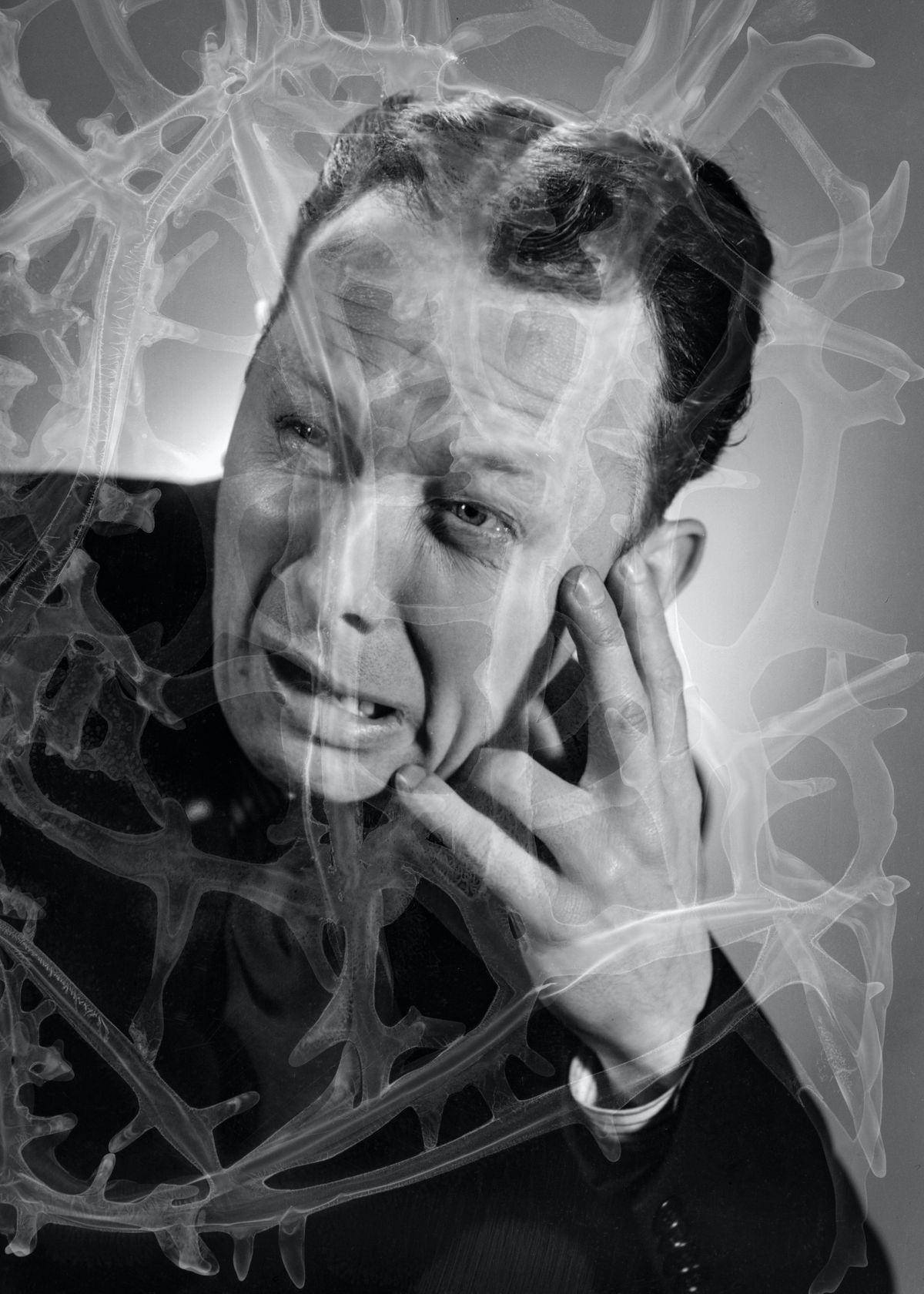A Brief Lesson on the History of Improv

Improv giants like The Second City, iO Improv Theatre, and The Annoyance are all continuations of a movement bigger than comedy shows and sketch alike. Instead, improvisation had a humble beginning in community service.
Improv theatre has been around for centuries, with its roots in the Commedia dell'Arte of Italy. In the 18th century, English actor and playwright Samuel Foote popularized the format with his short-form improv scenes. Then much later in the early 1900s, a group of actors in Chicago, Illinois formed the first improv theatre troupe at Jane Addams’s Hull House. Social reformer Jane Addams founded Hull House in 1889. It was one of the first settlement houses in the United States and became a model for future settlement houses. The goal of Hull House was to provide a safe and supportive environment for immigrants in the Chicago area. Hull House offered English classes, job training, and other services to help immigrants adjust to life in America. Over the years, Hull House expanded its services to include a daycare center, a public library, and an art gallery. In the search for recreation among the children of Hull House, improvisation was created. This style of theatre allowed everyone to come together, without the use of written scripts or memorized lines. Soon, their play was known as the "Hull House style.”
Decades later, the first professional improv theatre troupe was formed in 1959 by David Shepherd, Viola Spolin, and Paul Sills. They called their troupe The Second City, and their theatre is still performing today in Chicago, Illinois. The company has since grown to produce shows in Toronto and Los Angeles, as well as touring companies! There, the phrase “Yes, and” became popularized as the only rule to improvisation. This means when you are in a scene you must “yes, and” to anything your partner offers. If your partner says, “Our boat is sinking!” It’s best to agree, and add additional details: “You’re right! There must be a hole leftover from the storm!” Doing this allows for more ideas in a scene, and supports your scene partner to create a new and unique scene together. Many accomplished comedic actors are alumni of The Second City training programs and stages. Actors and comedians like Gilda Radner, Bill Murray, Steve Carrell, Jordan Peele, Amber Ruffin, Tim Robinson, Sam Richardson, and E.R. Fightmaster. To this day, NBC’s Saturday Night Live will scout the theatre for new writers and cast members! Outside of Chicago, The Groundlings, established in the 1980s, also practices improvisational theatre. Their alumni boast familiar names like Phil Hartman, Will Ferrell, and Kristen Wiig. Kim Kardashian has even tried a class!
This style of improv is also popular in a therapeutic environment. The history of improvisation in therapy can be traced back to the work of early pioneers in the field of psychology. These early therapists believed that the creative process could be used to help patients access their innermost thoughts and feelings. They also believed that the act of improvisation itself could be therapeutic, providing an outlet for emotions that might otherwise be bottled up. As the field of psychology evolved, so too did the use of improvisation in therapy. Modern therapists often use improvisation as a way to help their patients explore their emotions and to create new ways of thinking about their problems. Improvisation can also be used as a tool to help patients develop new coping skills and to build self-confidence. While the history of improvisation in therapy is relatively short, the benefits of this type of therapy are well-documented. Numerous studies have shown that improvisation can be an effective treatment for a variety of mental health disorders. Improvisation can also be helpful for individuals who are struggling with life transitions or who are dealing with grief and loss.
Today, improvisation can be observed all over the world! It’s important the spirit of creativity and discovery continues across all fields. Beginning in social reform then through performance and therapy, the philosophy of “yes, and” has proved resilient for over a century, pushing the boundaries wherever it is applied.
